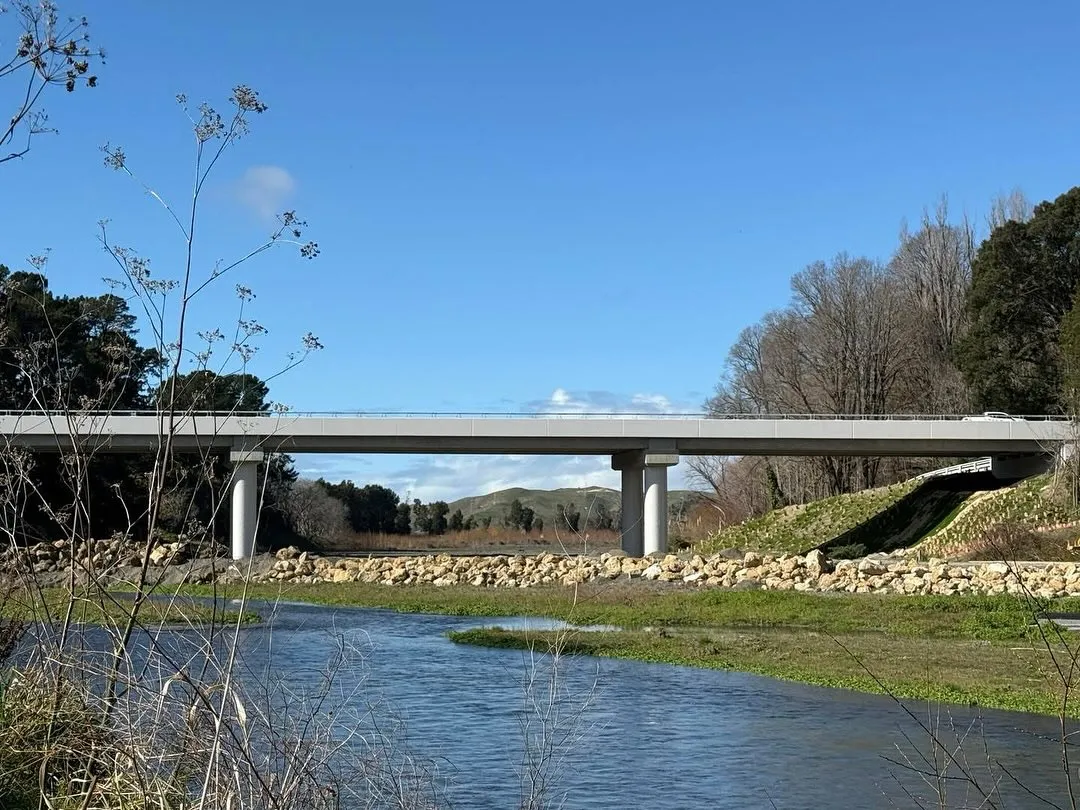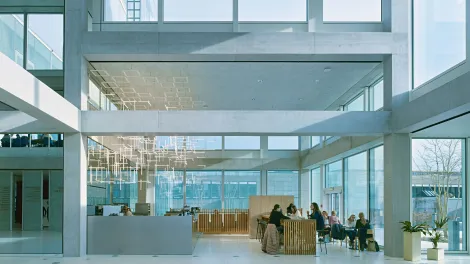Holcim Supports Rebuilding of the Puketapu Bridge
Strengthening a Community After Cyclone Gabrielle
When Cyclone Gabrielle tore through the Hawke’s Bay and Gisborne regions in February 2023, it left behind unprecedented devastation. Rivers surged, infrastructure crumbled, and three bridges along the Tūtaekurī River were destroyed — including the Puketapu Bridge, a critical connection between the Moteo and Puketapu communities.
For decades, the original 121-metre single-lane bridge, built in 1963, supported daily life across the district. Its loss created a physical and emotional divide. School journeys became significantly longer, travel for essential services was disrupted, and the transportation of goods and produce was forced onto lengthier alternative routes. Reinstating this bridge was crucial for restoring mobility, economic stability, and community connection.
A Modern, Resilient Structure
The new Puketapu Bridge has been carefully engineered to not only replace what was lost — but to build back stronger, safer, and more resilient for future generations.

The new Puketapu Bridge reconnects communities after Cyclone Gabrielle, delivering a stronger, safer and more resilient lifeline for Hawke’s Bay.
Key features include:
- Two vehicle lanes plus a shared walking and cycling path
- Bridge deck raised 3 metres higher to withstand extreme weather events
- Reduced number of piles to minimise debris build-up during future floods
- 1.8-metre-diameter piles reaching 41 metres deep for superior strength and seismic resilience
This thoughtful design equips the bridge to handle greater loads, endure significant earthquakes, and better resist major storm events — ensuring long-term security for the Hawke’s Bay region.
Specialist Concrete Solutions for Enhanced Durability
Building a structure of this scale required precision, innovation, and rigorous quality control, particularly for the concrete works.
Holcim New Zealand supplied over 1,000 cubic metres of highly specialised concrete, supported by teams from across the Central North Island. Key technical highlights include:
- Thermally controlled abutment and cross-head concrete, tested via pre-pour trials with one-cubic-metre insulated blocks to monitor heat of hydration
- Mix designs incorporating 30% fly ash replacement, enhancing durability and long-term performance
- Extended-set deck concrete, providing up to three hours of workability to ensure accurate placement and finishing
These solutions played a critical role in achieving the strength, durability, and performance needed for such a significant infrastructure rebuild.
Collaboration Delivering Community Impact
This project stands as a testament to partnership and perseverance. Fulton Hogan and Holcim New Zealand worked together with a shared purpose — not just to rebuild a bridge, but to restore quality of life and reconnect the people of Puketapu.
On opening day, the Puketapu School bus was the first to cross, shaving 25 minutes off the children’s commute. A simple yet powerful symbol of what this project means to the community. This bridge rebuild demonstrates Holcim’s role as a partner in high-value infrastructure solutions, aligning with our global NextGen Growth strategy.








